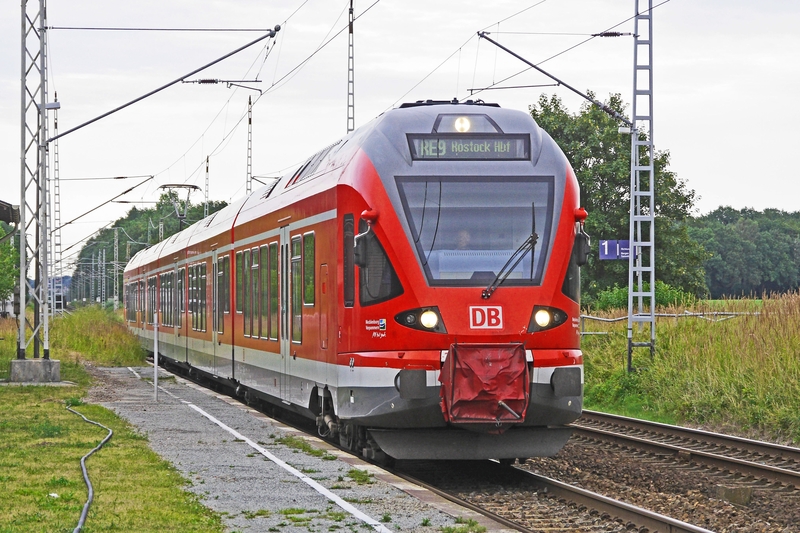
According to a recent report, a Malaysian technology company was one of the seven companies selected to showcase its innovative Platform Intrusion Emergency Stop systems (PIES) at the MiGHT Consultation 2018 recently.
Themed “Riding the Next Wave of High Technology”, the consultation was officiated by Prime Minister and Patron of the Malaysian Industry-Government Group for High Technology (MiGHT) in commemoration of MiGHT’s 25th anniversary.
At the closed-door discussion with more than 50 industry leaders, the tech company showcased its flagship technology, an actual full-scale Platform Intrusion Emergency Stop (PIES) which has recently been installed at the Ampang-line Light Rail Transit (LRT), bring the total to 36 stations.
Similar systems have also been installed at Kelana Jaya line LRT for 32 stations in 1998. A further 20 stations will be equipped with the PIES system for the upcoming Prasarana LRT3 Project.
At hand to brief Mahathir on the PIES technology was the group’s chief executive officer.
The CEO of the tech company stated that PIES is the first and only Malaysian-owned railway system product that has been internationally certified and patented globally. The unique Platform Safety system works by signalling the Automatic Train Control to stop the train when an intrusion is detected.
An example of the PIES system at work was on 19 April 2018 when a railway tragedy was averted and a pregnant woman was saved.
According to another report, Platform Intrusion Emergency Stop (PIES) system kicked into place to prevent the tragedy. According to the chief executive officer of the railway company, the PIES system acted by stopping the train immediately when it detected an object fallen along the tracks.
It was noted that the PIES system works by immediately cutting the electric flow to the LRT systems should there be an impact above 7kg on the PIES system plate. PIES systems are installed on all platforms at the LRT Kelana Jaya route except for the underground stations.
Thus, in addition to helping to save many lives since it started operations in the last 17 years, the system is also serving the public well as a cost-effective metro rail system with ridership exceeding 500,000 per day.
It was noted that since 2014, the railway company has spent more than RM8 million to enhance the system. PIES is now at version 3 and is internationally certified with Safety Integrity Level 2 (SIL2) and fully compliant to all international EN standard.
Being the first Malaysian company to be qualified for SIL2, the tech company is now poised to become a global player in the Rail Industry, bringing its technology internationally to Indonesia, Philippines, Thailand, Vietnam and Hong Kong.
Putting people’s safety as the highest priority, PIES has proven that it is a cost-effective platform intrusion safety solutions at minimal capital outlay and lowest operating expenses for the rail industry, cutting total lifecycle cost (capital expenditure and operating expenditure) by 70 per cent as compared to other platform safety system products.
PIES reliability can be maintained at 99.9 per cent even after 20 years in operation.


















